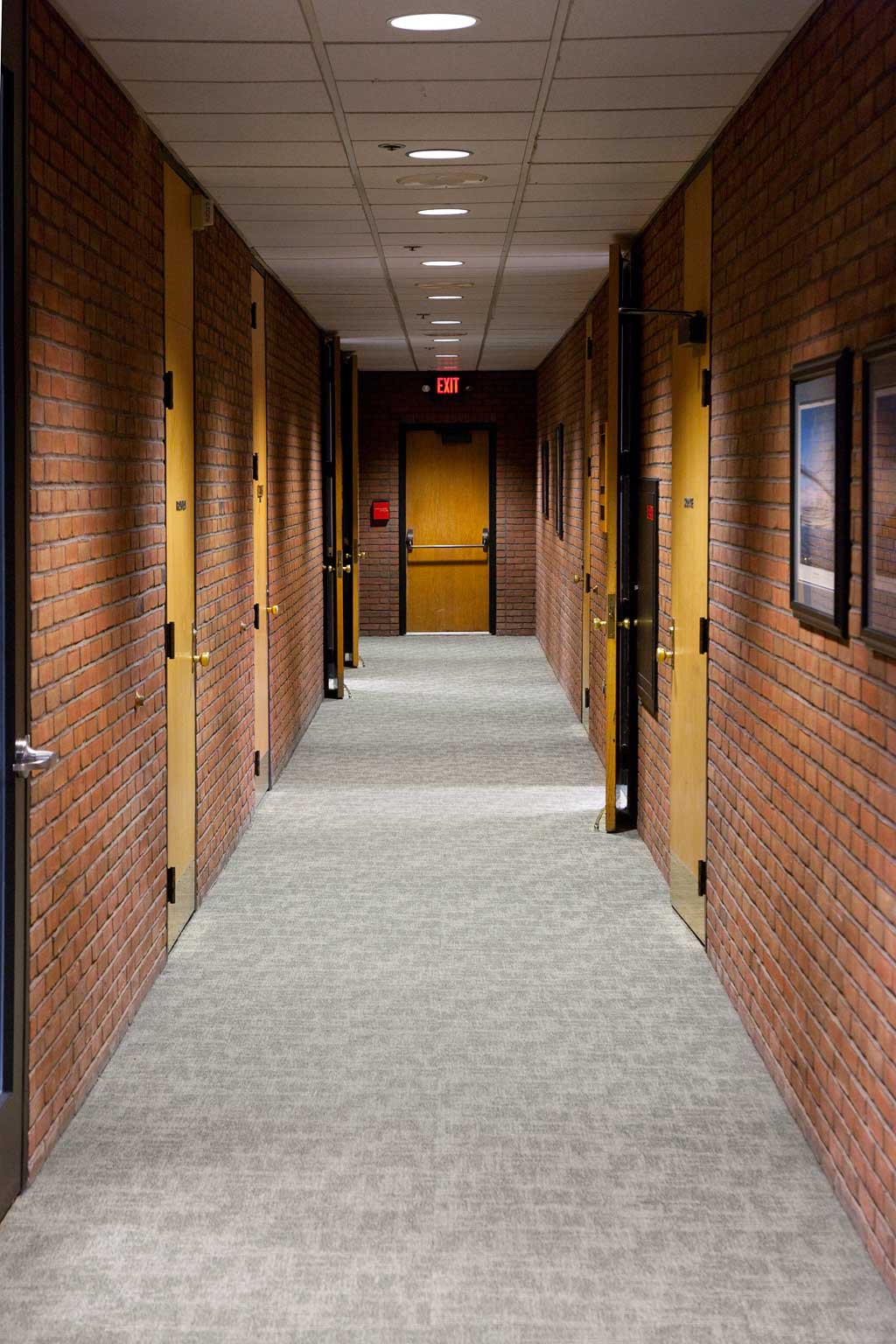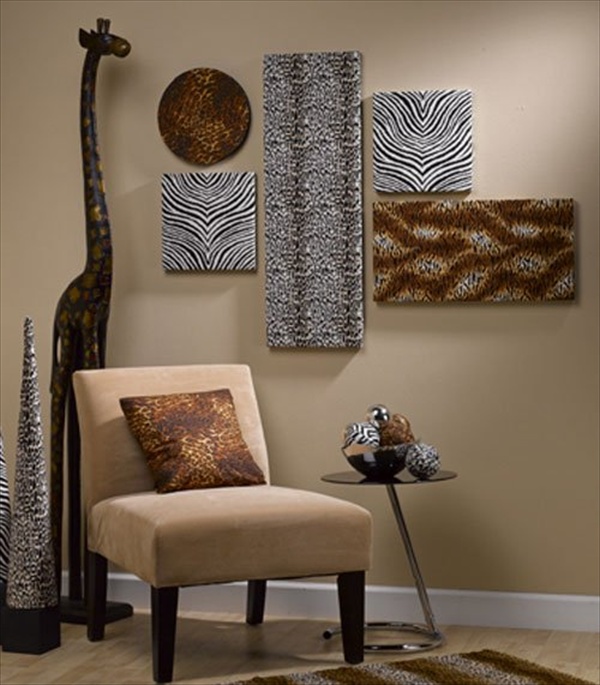

The Stress Level column and color-coding of potential problems make it easy to identify trouble spots. The ControlUp Management Console showing a host in my home lab with all VMs on that host.
#Display master 4 windows
Although it doesn’t provide a graphical map of where my systems might be residing, it provides a nice, easy to read list of my systems and a grid with their current status, a number of important metrics that are monitored, and the ability to dive down deeper to view child items such as virtual machines in a cluster or running processes on a Windows OS. PHP Weathermap is FOSS example of a product in this space.ĬontrolUp 4.1 is the latest version of a similar tool in the systems management space. They can give a nice graphical layout of the network, and they can show how heavily a link is being utilized by changing the color based on bandwidth utilization. Some tools with these functions already exist in the network space. And this information needs to be displayed in a way that makes it easy to understand while providing administrators with a way to dig deeper if they need to. This is especially true in a multi-user or multi-tenant environment where you need to quickly identify the systems and/or processes that are not performing optimally. Linked from Memory Alpha.Īlthough the Master Systems Display is fictional, the idea of having one place to look to get the current status of all your systems can be very appealing. The Master Systems display from Star Trek Voyager. This large display, which was found on the ship’s bridge in later series, contained a cutaway of the ship that showed a detailed overview of the operational status of the ship’s various systems. The range for the temperature sensors is -40 C to +50 C.One thing I have always liked about the Engineering section from Star Trek: The Next Generation was the Master Systems Display. door switches, power fail, level switches, smoke detectors, pressure switches, etc.) can also be accepted with the use of optional Digital Input Cards. These units are usually mounted in close proximity of the area being monitored. Each RDU is capable of handling eight temperature sensors. RDU – The Remote Data Units are used to collect information from the field devices and are connected to the Network via a 4-conductor cable. It is connected to the network via a 4-conductor cable and provides the user with local alarm functions. RTU – The Remote Terminal Unit is used wherever an additional Keypad/Display station is required.
#Display master 4 password
System changes are made from the front keypad, and a password protects your configuration from unauthorized personnel. Alarm descriptions/labels are easily customized to meet your exact requirements. Messages are displayed on the large back-lit LCD display in plain English. It accepts information from all the Remote Data Units on the network while supplying them with control power and back-up. MDU – The Master Display Unit is the PRIMARY building block of the alarm system. The operator is able to configure sensor labels, alarm setpoints, passwords, security times, network layout, etc. If your system changes you simply edit the configuration to agree with your new plant description. The MDU system that you buy today is capable of growing with you. With this system, losses can be reduced or even eliminated. The sooner you know this information the sooner the problem can be resolved. Whenever an alarm occurs the display advises the operator of what the problem is and where it is. Now, Information regarding room temperature, power conditions, bin levels, and security is available 24 hours a day at the touch of a button.

Provides 24 hour monitoring of critical functionsįinally, a monitoring package specifically designed to meet the needs of today’s Pork and Poultry producers.

Displays concise alarm messages in plain English.


 0 kommentar(er)
0 kommentar(er)
